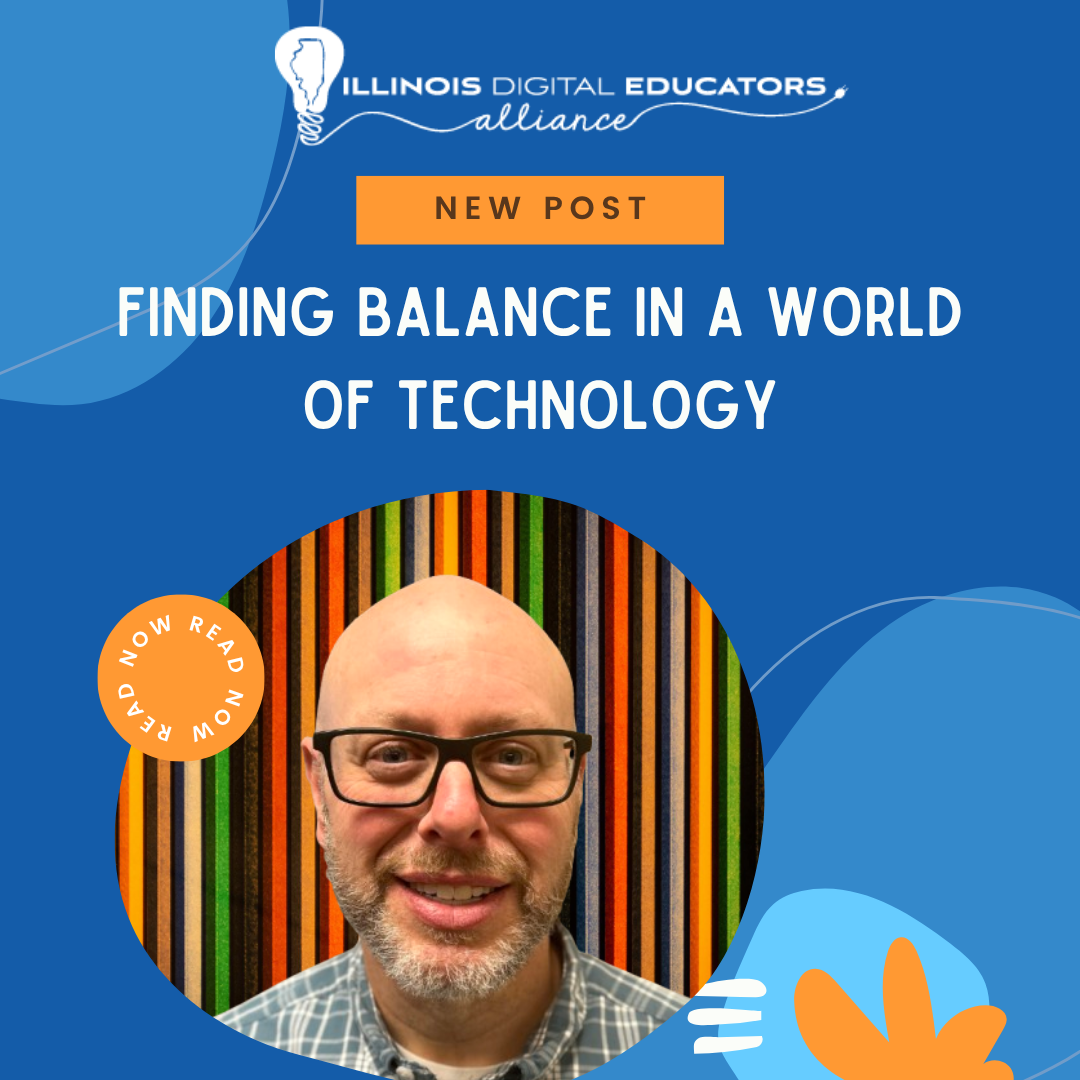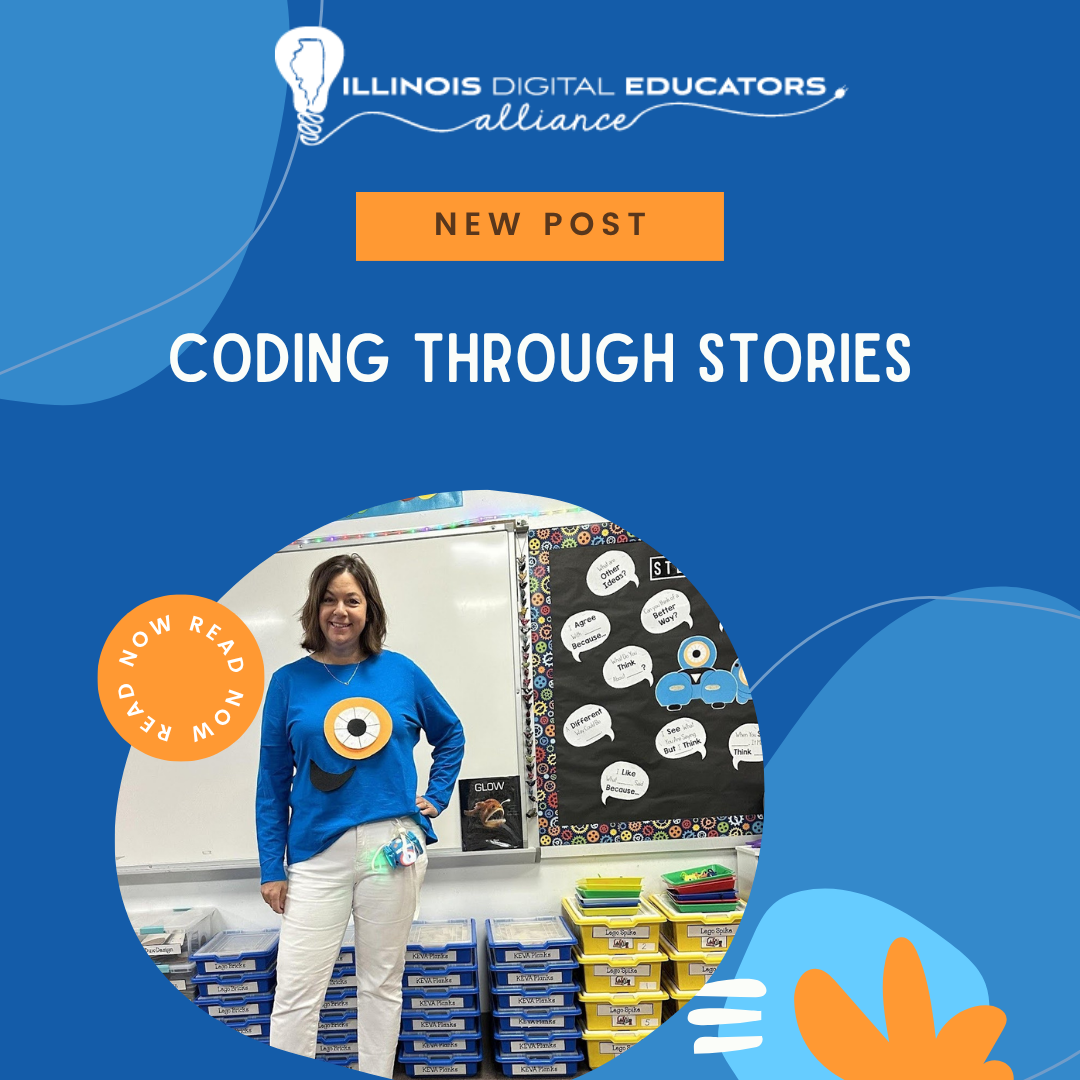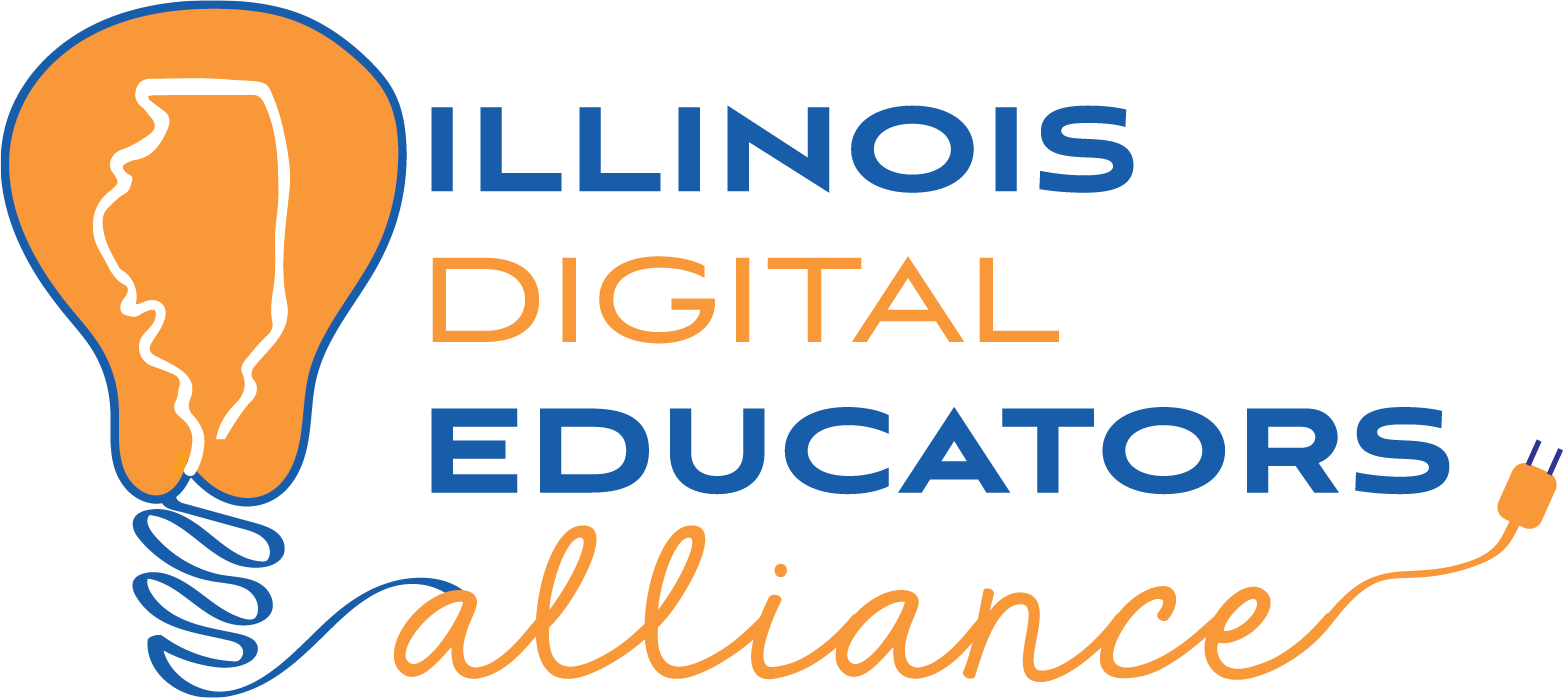Lessons to Address High School Vaping

It’s no doubt that we are experiencing a growing epidemic of high school students vaping. Over the last several years, youth e-cigarette use has seen a surge. According to the U.S. Data from the 2024 National Youth Tobacco Survey 1, 8.1% of middle and high school students – that’s an estimated 2.25 million young people – reported current (past 30-days) use of any tobacco product, with e-cigarette products being the most commonly used tobacco product. What’s more, many young people are vaping on a daily basis, indicating both the addictive nature of nicotine and a growing problem among our youth.
While we may not yet understand the long-term effects of high school students vaping, one thing is for certain – science shows that any kind of substance addiction can impact the brain and body, leading to long-lasting impacts. Now more than ever it’s important that we work to establish vaping prevention programs for high school students to ensure that they are equipped with the necessary knowledge and resources to either avoid starting or have the resources to discontinue e-cigarette use.
Through various high school vaping prevention resources, we can introduce our students to vital information about e-cigarettes and the epidemic that continues to impact many young people. With EVERFI’s interactive high school vaping prevention courses, students can come to understand what vaping is, how vaping affects the body and the implications of vaping during a global pandemic like COVID-19. The following includes in-depth resources to help you get started on the path to your own vaping prevention program for high school students.
What Is Vaping? Lessons to Introduce the Possible Dangers of Vaping in High School
The concepts of vaping and e-cigarettes are relatively new, with JUUL and other similar vaping devices having come onto the scene just a few years ago. It could be helpful to include basic information about e-cigarettes in your high school vaping program. EVERFI’s Vaping: Know the truth offers interactive lessons on e-cigarette use and the possible dangers. The first lesson “Know” is a perfect place to start, covering topics, including:
- The definition of vaping
- Students’ current knowledge
- A history of the tobacco and vaping industries
- And harmful ingredients found in vaping devices
One engaging and interactive way to introduce the topic of vaping to your students could include a game to challenge what your students think they know about vaping. Consider putting students into two teams and having them compete to see who knows more. Possible prizes could include extra credit or a homework pass, for example, to keep students engaged and excited. Some examples of questions to ask include:
- Which is less harmful to the body – traditional cigarettes or e-cigarettes?
- JUUL is a safe alternative to traditional cigarettes. True or false?
High School Vaping and Addiction – Lessons to Lay the Foundation
It’s well-known that nicotine is a highly addictive substance found in traditional cigarettes. What you may not know, however, is that e-cigarettes can deliver as much, if not more, nicotine than cigarettes. I didn’t know before utilizing some of EVERFI’s vaping information for students, and it’s likely that some of your students may not either due to a major lack of available and reliable information on the impacts of vaping.
EVERFI’s Prescription Drug Safety: Know the truth offers students the tools to make healthy and informed decisions when it comes to prescription medications and addiction. In the second lesson “Science of Addiction,” students explore the nature of addiction and how it impacts both the brain and body. Students are also equipped with information to help them avoid addiction or find support. One way to integrate this lesson into your vaping program could be to connect addiction to vaping and how easily people can become addicted to the high nicotine concentrations found in e-cigarettes. You can explore concepts, such as nicotine withdrawal and tolerance, and how these conditions, which result from addiction, can negatively impact someone’s life.
New this year, there’s an additional lesson called “Addiction, Treatment, and Recovery,” which you could leverage to illustrate that recovery from addiction – including nicotine addiction – takes time and support, but it is possible.
Leading Anti-Vaping Initiatives
A school’s character and ethos are often a reflection of its leadership. With the rise of vaping among high school students, it’s crucial for school principals and administrative teams to step forward and address this growing concern head-on. The war against vaping begins at the helm.
Understanding the magnitude of the situation is paramount. Principals should be informed about the latest statistics, trends, and health impacts of vaping. Schools might consider conducting their own surveys to gauge the prevalence of vaping within their student body. Such data can be an eye-opener and can also offer insights into the efficacy of interventions over time.
The next step would be clear communication. Holding assemblies or school-wide meetings to openly discuss the dangers of vaping can set a clear stance on the school’s position against it. In these meetings, it’s vital to provide students with real information, debunking myths that e-cigarettes are ‘safe’ or ‘harmless.’
One of the most influential steps a principal can take is to actively incorporate vaping prevention programs into the curriculum. EVERFI’s vaping prevention courses can serve as a comprehensive tool in this regard, offering interactive sessions that can be seamlessly integrated into school schedules. By endorsing and implementing such programs, principals not only educate but also demonstrate a commitment to the well-being of their students.
Vaping Companies Are Targeting Our High School Students
Integrating anti-vaping education into existing school programs is an efficient way to ensure that the message reaches every student without overburdening the school schedule. Here’s how schools can make it happen:
- Health Classes: These are a natural fit. Lessons on the effects of nicotine on the body, the addictive nature of vaping, and the long-term health implications can be woven into the broader health education curriculum.
- Physical Education: Given that vaping can impact lung function and overall physical wellness, PE classes can incorporate sessions highlighting how vaping can hinder athletic performance. Simple demonstrations or activities showing the difference in lung capacity or endurance between vapers and non-vapers can be impactful.
- Life Skills & Counseling: Schools often have sessions or classes centered around life skills, decision-making, or counseling. This is an opportune space to discuss the peer pressures associated with vaping and arm students with refusal skills. Role-playing exercises can be particularly effective here.
- Science Classes: Delving into the chemistry of e-cigarettes, the composition of e-liquids, and the physiological effects of vaping can be an engaging way for students to understand the dangers from a scientific perspective.
EVERFI’s interactive lessons on vaping prevention are designed with flexibility in mind. They can easily complement these existing programs, providing educators with rich, evidence-based content that can be tailored to fit various educational settings. By weaving vaping education into the fabric of daily school life, the message becomes omnipresent, reinforcing the importance of staying vape-free.
Protecting Students in the Midst of a Fentanyl Crisis
Over the past three years, teen overdose deaths have doubled. (Source: data from CDC, tabulated by
The Hill,
2023). This is, in part, due to an alarming trend of teens consuming fentanyl unknowingly packaged in counterfeit pills that appear as legitimate prescription medication or vapes bought from an unauthorized source. Even a small amount of fentanyl can be fatal. The newest lesson (lesson 8) of
Prescription Drug Safety: Know the truth is called “Fentanyl – Fast and Fatal” and educates students on what fentanyl is, how to avoid it, and what to respond to an overdose. This information is vital to include in any vaping program, so students know what to look out for and how to protect themselves and others.
About the Author:
Christina DeBartolomeo specializes in marketing and journalistic communications, and has been writing professionally since 2017. She graduated from The George Washington University in Washington, D.C., in May 2020 with a Bachelor of Arts in journalism and mass communication and a minor in business administration.




